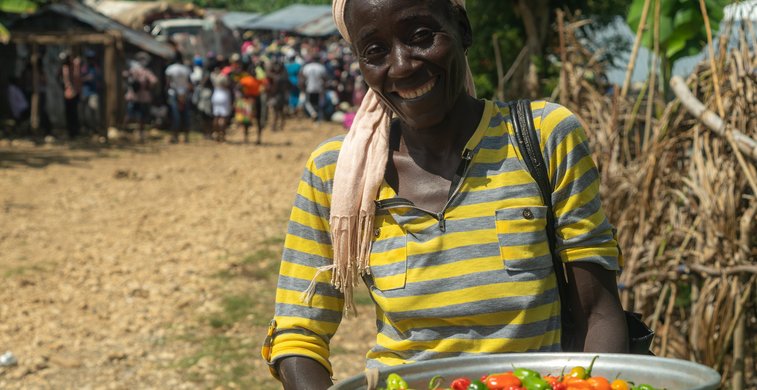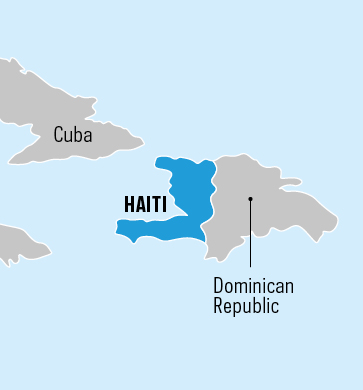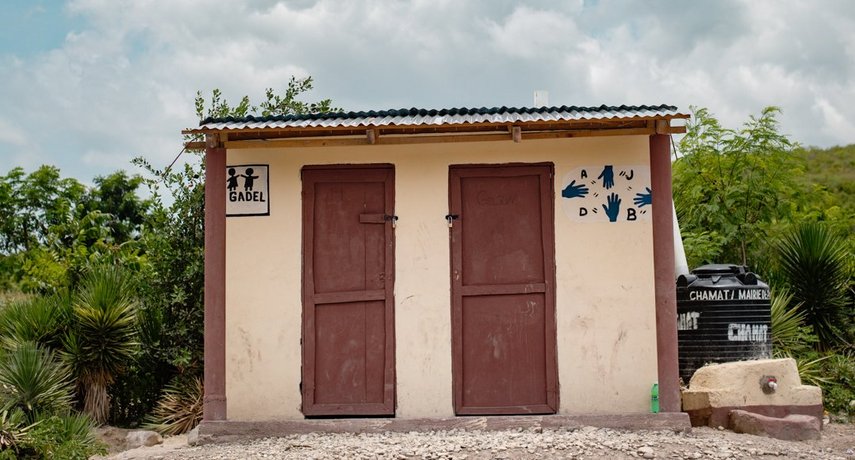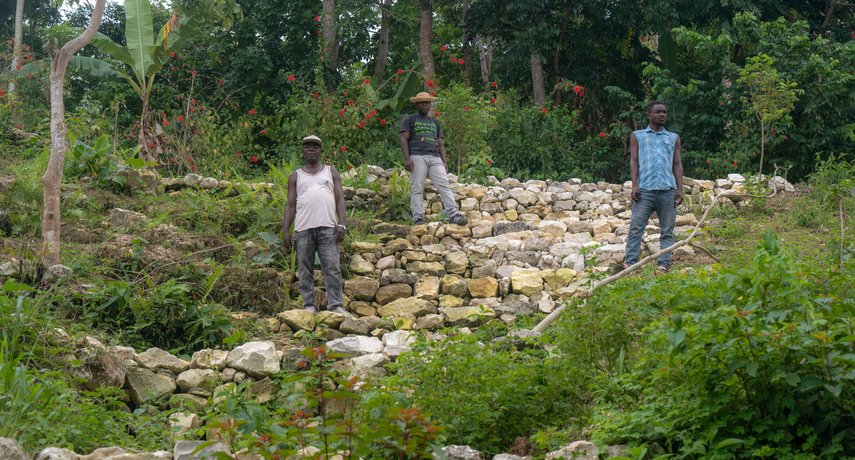• This first Sclr pilot project was carried out in collaboration with 12 national non-governmental organisations and 4 global actors, including Local to Global Protection.
More Information
• The project funded community groups to take action benefiting over 25,000 people. The community addressed diverse needs, including nutritional assistance to infants, food distribution to vulnerable groups, assistance to small traders, support to farmers including rehabilitation of irrigation and drainage canals. Health services including the repair of a health centre and restarting of a local ambulance service. Water and sanitation activities included family and public latrines, repair of water catchments and tanks, water system extension and improvement. Improvements to community infrastructure, services, and improved protection benefits for vulnerable groups included a community centre, road improvement, installation of solar lamps, and repair of electrical networks in areas at risk of violence, distribution of school kits, and construction of community spaces.
Local partners observed significant transformations; key changes stemming from this community-focused approach included:
• The empowerment and capacity strengthening of participating communities and groups enable them to identify community actions, and manage micro-projects and grants. This ensures accountability and transparency, thereby enhancing effectiveness and participation in the process.
• A rise in social cohesion, solidarity, and a sense of ownership, fostering active engagement and a heightened emphasis on addressing the needs of marginalised groups.





